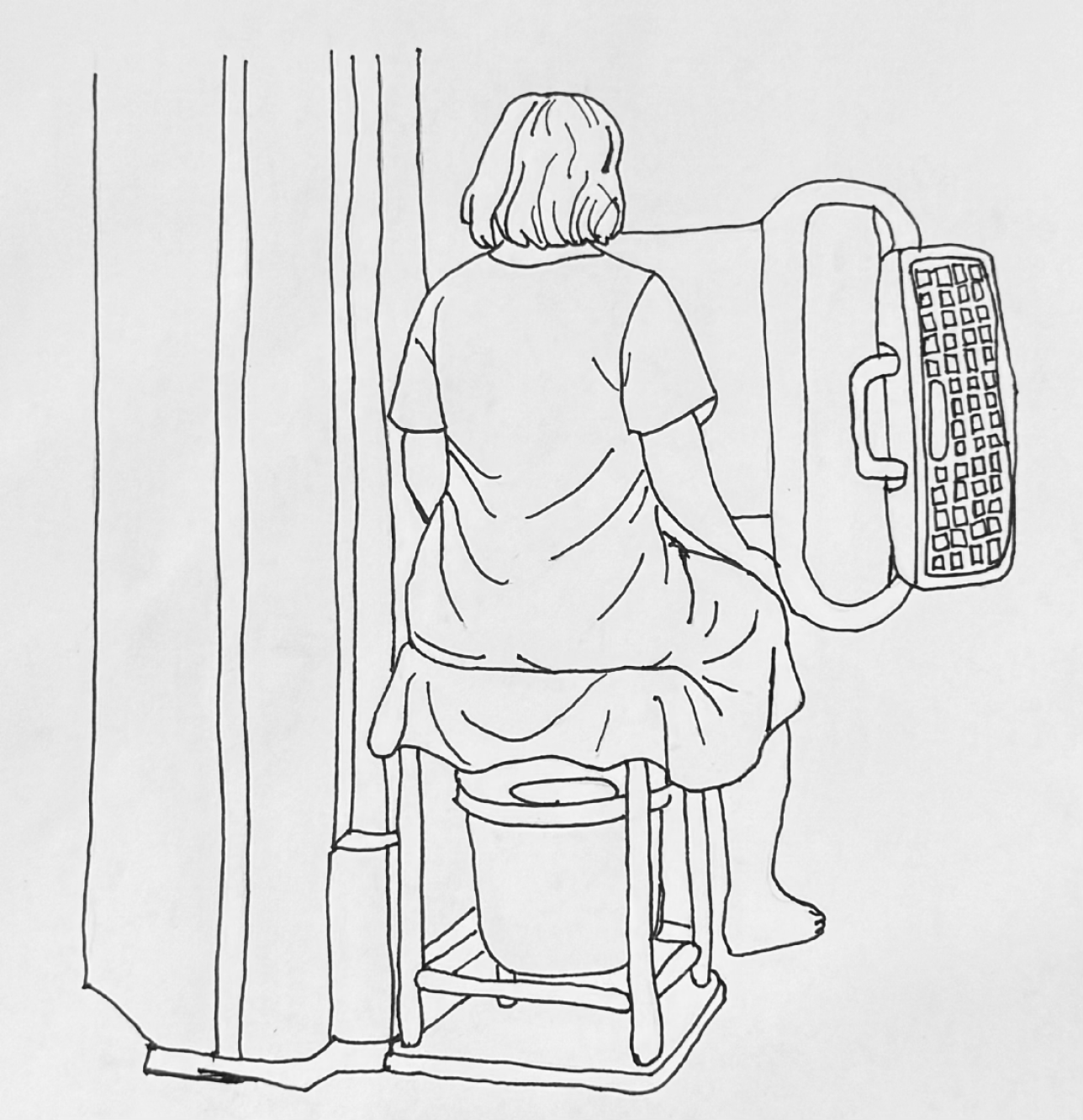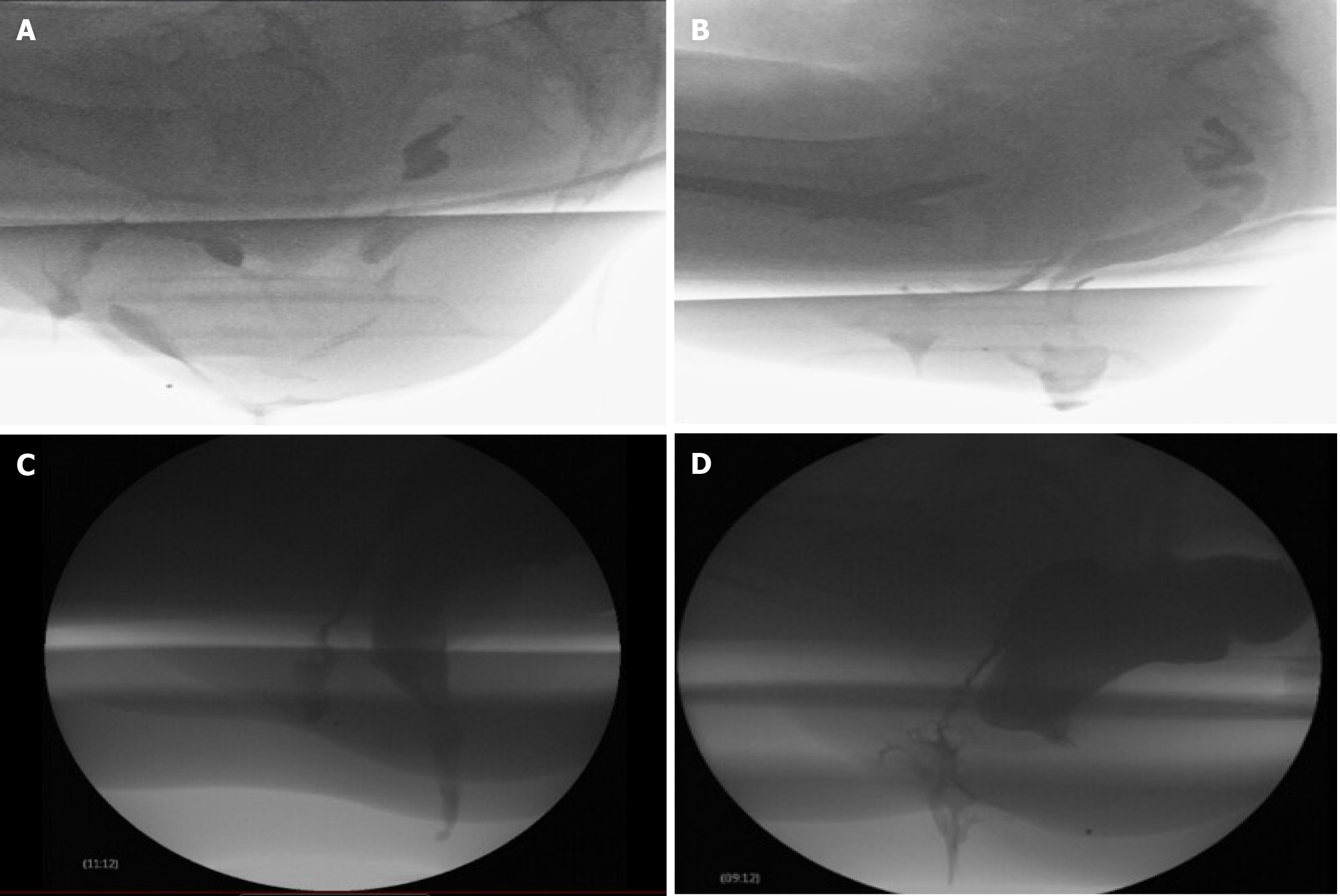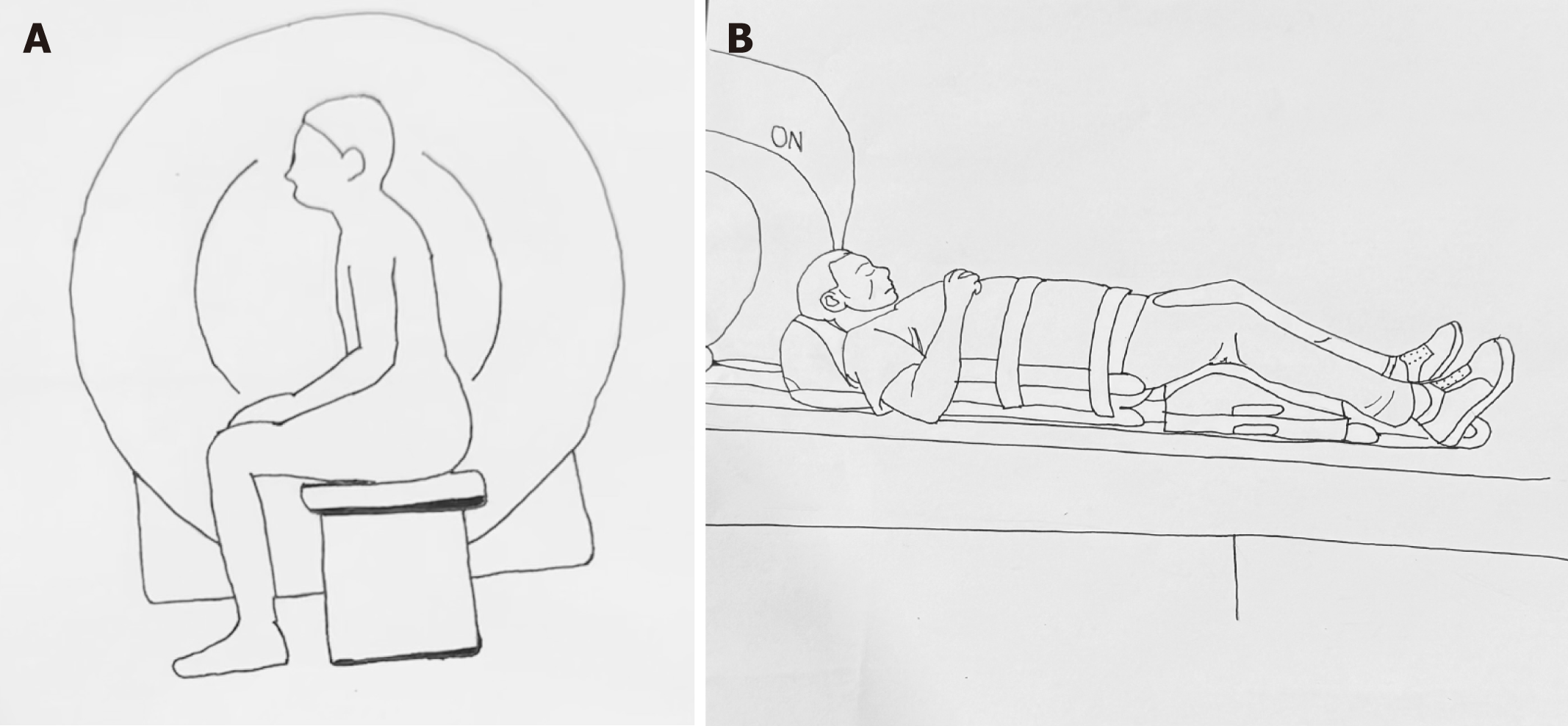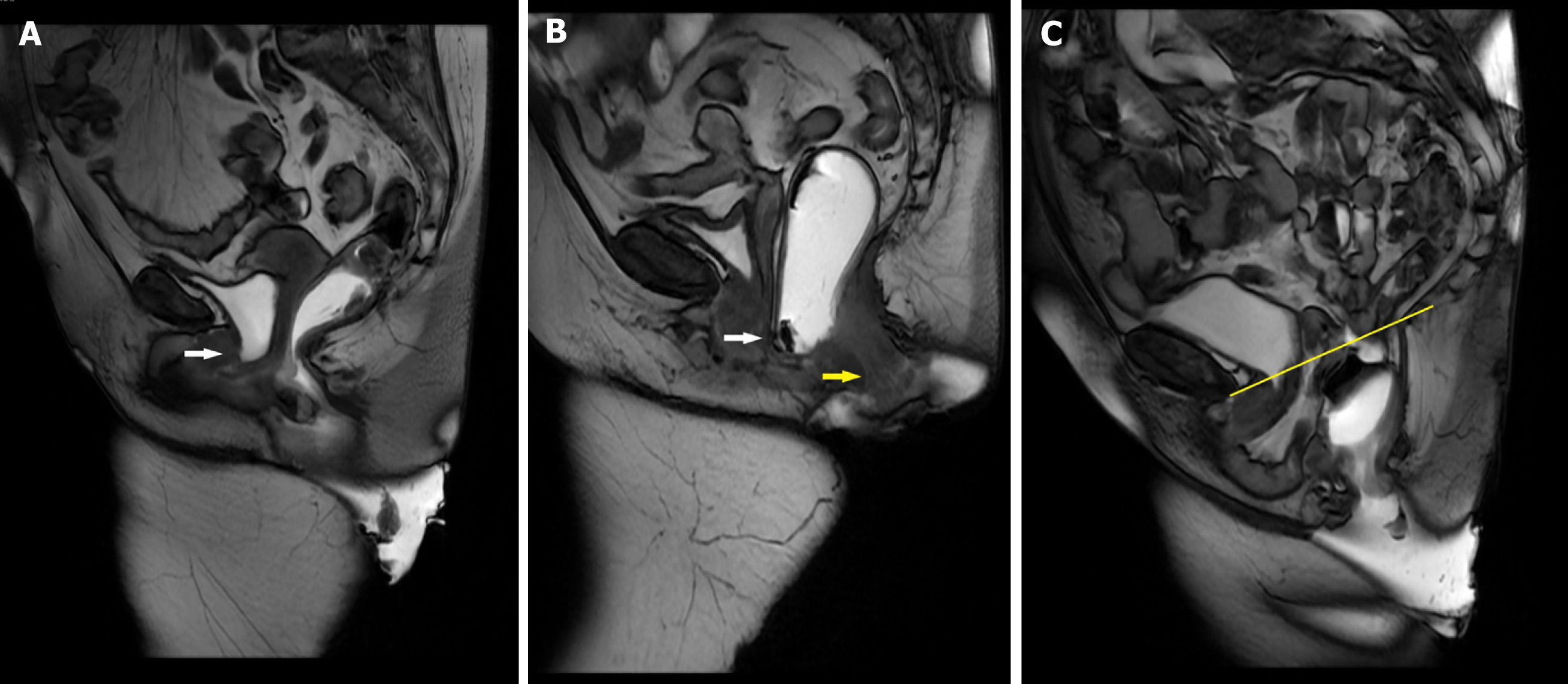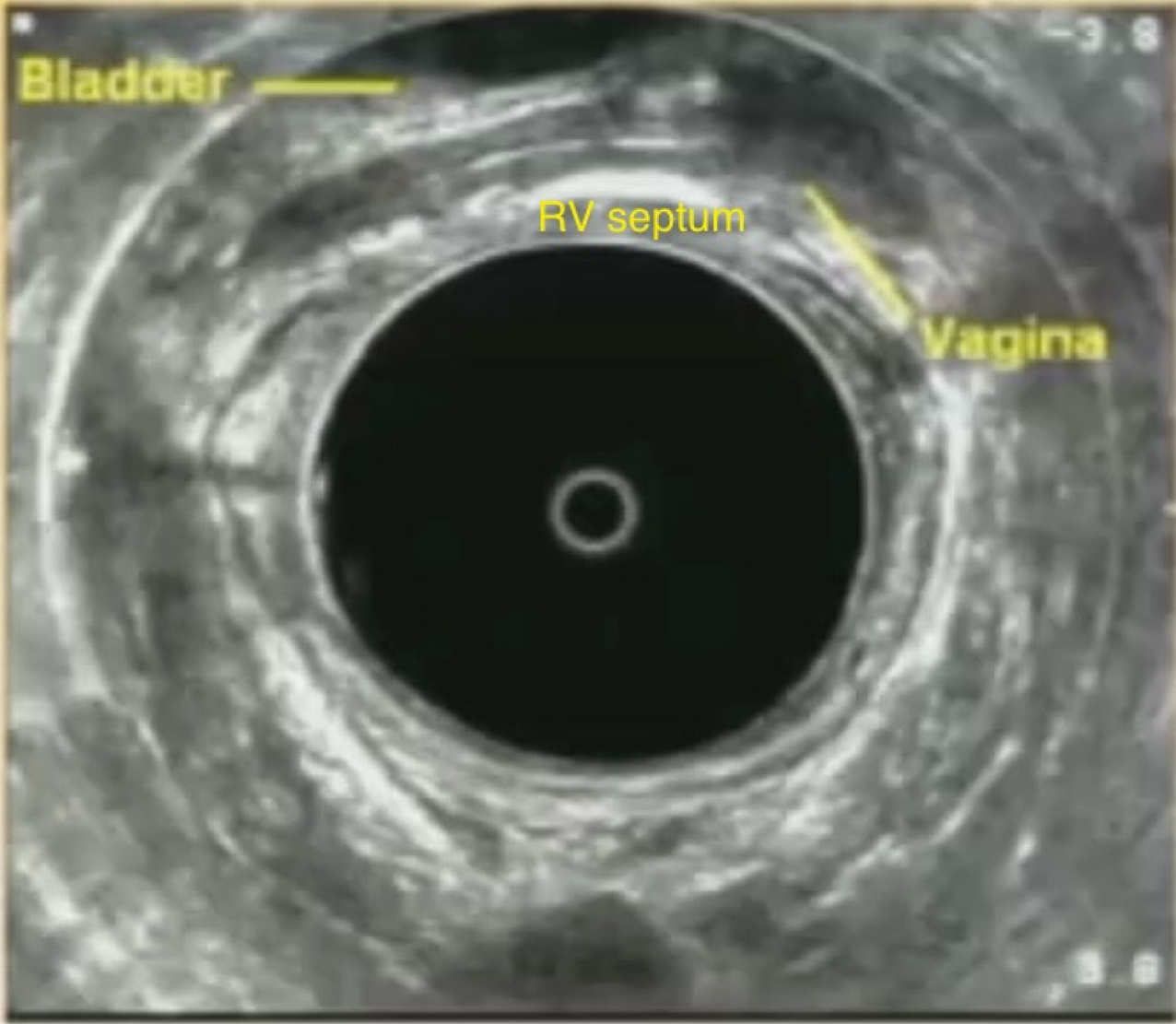Copyright
©The Author(s) 2025.
World J Radiol. Jul 28, 2025; 17(7): 107459
Published online Jul 28, 2025. doi: 10.4329/wjr.v17.i7.107459
Published online Jul 28, 2025. doi: 10.4329/wjr.v17.i7.107459
Figure 1 Schematic representation of positioning during fluoroscopic defecography.
Figure 2 Fluoroscopic defecography images.
A: Rectal intussusception; B: Non-relaxation of the puborectalis muscle, consistent with anismus; C: Fecal incontinence; D: Bulging rectocele into the posterior vaginal wall. Image courtesy of Pamela L Burgess, MD, FACS, Division of Colorectal Surgery, University of Minnesota.
Figure 3 Schematic representation of positioning for the magnetic resonance defecography.
A: Upright sitting; B: Supine positioning.
Figure 4 Magnetic resonance defecography images demonstrating.
A: Cystocele inferior aspect of the urinary bladder (arrow) extending caudal to the pubococcygeal line; B: Rectocele/Rectal prolapse-bulging of the anterior rectal wall (white arrow) inferiorly and anteriorly into the posterior vaginal wall. Additionally, there is prolapse of the rectum into the anal canal (yellow arrow) consistent with rectal prolapse; C: Pelvic organ descent-global pelvic floor descent with associated peritoneocele below the pubococcygeal line (yellow line). Image courtesy of Matthew L Osher, MD, Department of Radiology, Henry Ford Providence Hospital.
Figure 5 Representative image of endorectal ultrasound showing the vagina, urinary bladder, and rectovaginal septum.
Image courtesy of Amy J Thorsen, MD, Division of Colorectal Surgery, University of Minnesota.
- Citation: Singh JP, Assaie-Ardakany S, Aleissa MA, Al-Shaer K, Chitragari G, Drelichman ER, Mittal VK, Bhullar JS. Optimizing diagnosis in obstructed defecation syndrome: A review of imaging modalities. World J Radiol 2025; 17(7): 107459
- URL: https://www.wjgnet.com/1949-8470/full/v17/i7/107459.htm
- DOI: https://dx.doi.org/10.4329/wjr.v17.i7.107459













